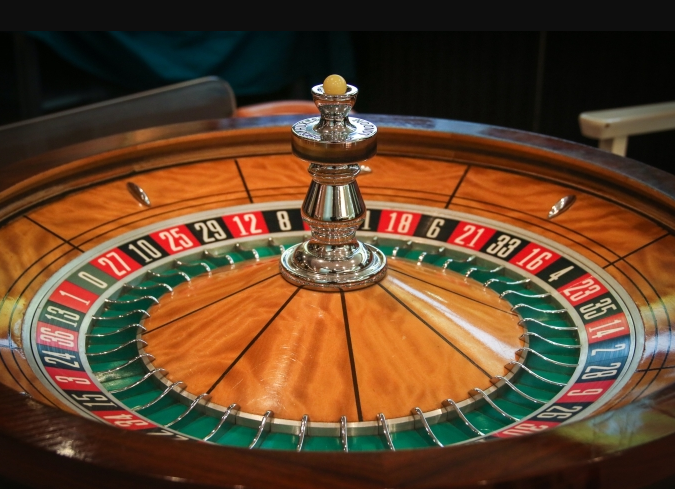Customer Journey Mapping sounds like a no-brainer. Understand your users, tailor their experience, increase engagement. Simple, right? Not quite. Uplatform, a sports betting and casino platform provider, says operators are repeatedly making the same mistakes—and it’s costing them.
Done right, customer journey mapping doesn’t just track behaviour—it shapes it. But the reality? Too many teams are guessing rather than knowing, reacting instead of planning. Uplatform’s latest insights peel back the curtain on the four biggest errors operators make when plotting the player experience, and what can be done differently.
Forgetting That Players Aren’t All The Same
Not all users think alike. You’d think this one was obvious, but it’s a frequent blunder.
Some operators still treat every player like they’re following the same script. Same welcome bonus, same UX flow, same nudges. What they miss is that behaviours vary wildly depending on motivation, risk appetite, and platform experience.
In short: lumping all players into one ‘typical user’ profile? It backfires.
There’s also the issue of segmentation laziness. It’s one thing to define user groups. It’s another to actually design tailored experiences for each one.
And let’s not forget those returning players—many maps ignore loyalty stages altogether.

Mapping the Funnel, Not the Experience
Operators often treat CJM like a sales funnel diagram. Spoiler: it’s not.
Funnel-based thinking flattens the journey into neat boxes—Acquire, Convert, Retain. But players don’t act that predictably. They jump back and forth. One minute they’re interested, next minute they ghost.
That’s where true experience mapping beats funnel logic. CJM is meant to feel like a diary of the user’s thoughts, not a list of what you want them to do.
CJM fails when it becomes too internal-focused—too much about the operator’s strategy, too little about the player’s actual thoughts and emotions.
Here’s what to remember:
-
Players zig-zag across devices, time zones, and moods. Your map should reflect that unpredictability.
Skipping Emotion: The Invisible Thread
Here’s where it gets overlooked: emotion.
Yes, even in betting. Especially in betting.
Many customer journey maps focus purely on behaviour—clicks, logins, deposits. But they miss the “why” behind it. Fear, boredom, curiosity, or adrenaline… these are the real drivers.
You can spot the difference in UX. A good map identifies not just what the user does, but what they’re feeling. And that’s what helps platforms truly stand out.
People don’t remember what you offered. They remember how it felt.
That tiny delay during login? It might annoy a casual user into leaving for good.
Failing to Use the Map Once It’s Done
Here’s the twist: some teams actually build a good map—and then do nothing with it.
Too many CJMs end up buried in Google Drive folders or presentation decks. A customer journey map is meant to guide decisions, not just tick a project box.
There’s also a failure to keep it alive. Markets shift. Players change. If your CJM is more than 6 months old and hasn’t been reviewed? It’s probably irrelevant.
Now, have a look at how well (or not) CJMs are being maintained in the industry:
| Mistake in CJM Implementation | Frequency Seen by Uplatform |
|---|---|
| No regular updates to journey map | 72% of operators |
| Not shared with cross-teams | 61% |
| Treated only as a marketing tool | 54% |
| Ignored post-launch | 47% |
The Quiet Success Stories Don’t Shout—They Listen
Interestingly, Uplatform notes that some of the most successful operators aren’t the loudest. They’re the ones that keep listening. Testing. Tweaking.
These teams treat their CJM like a living document, not a final draft. They embed it into onboarding processes. They ask actual players for feedback. They even factor in complaints as data points.
The best maps aren’t the prettiest. They’re the most honest.
It’s not about perfection—it’s about progress. And that starts with asking: where are we losing people, and why?
Leave a Reply